InAudio Travel - Tom - Jeju Island - South Korea - prt2 - B1/B2
- InAudio

- Apr 21, 2020
- 2 min read
Updated: Apr 22, 2020

Rough, sharp, black volcanic rock lies around the coast, occasionally smoothed over in some bays by white sand deposited by the restless currents. *1. The more famous of these beaches include Jungmun, under the cliffs and luxury hotels of the south coast; north-eastern Hamdeok, with its long, shallow bays; and the wide white sweep of far western Hyeopjae, with its picturesque views of Biyangdo island’s tall cone out at sea. However, there are many other hidden coves, quieter and less

frequented by tourists, for those who get out and explore the coast. From my experience, hikers can expect more luck in this than cyclists or cars. Above the seaweed-stained sand and the cracked black rocks, the vegetation is extremely lush and varied, though the climate varies in different places. In the dry, far west of the island, whole fields and even greenhouses have been lost to the aggressive spread of various cactus species. A large variety of palms and tropical plant-life thrive along the coast*2.

Meanwhile, in the central part of the island, on the slopes of the mountain and the steep irregular hills, sharp-needled pine trees grow together in thick, dark forests. Across the flat coastal plains – particularly in the west and east, where the island stretches out wider – green fields of onions, garlic, cabbages, grains and root vegetables lie in a ragged and uneven patchwork of angular fields, bordered by dry-stone walls (called batdam) built from the jagged black volcanic stones that litter the rich volcanic soil.

In the south, where the mountain stands closer to the coast and descends more steeply towards the sea, agriculture may be terraced and the fields are more likely to contain groves of short, shoulder-height trees with waxy dark green leaves, heavy with bunches of brightly coloured mandarins; a common export. These oranges when picked, are packed into wooden crates that are branded with a cartoon image of the iconic dol hareubrang – the stone grandfather of Jeju; symbol of a prehistoric mushroom cult - statues carved from dark volcanic rock that can be found – in both their ancient and modern designs – standing alertly all around the island.

*1 the local government is rumoured to supplement some of these beaches with imported sand from the mainland.
*2 many of the palms are probably imported, particularly those in urban areas.
For more travel articles from our well travelled teachers and other interesting content to help make your english learning more interesting, follow our social media and subscribe to our Youtube channel!




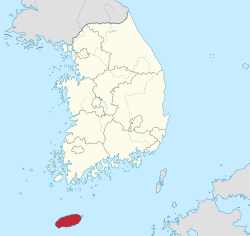
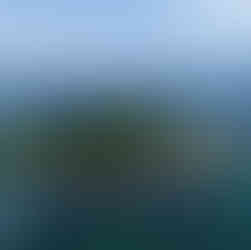











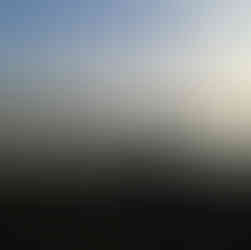



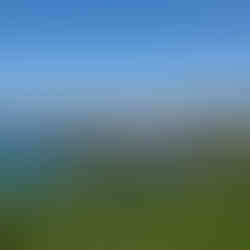













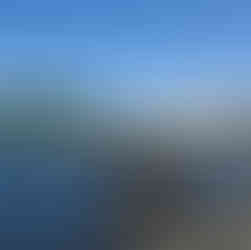

















Commentaires